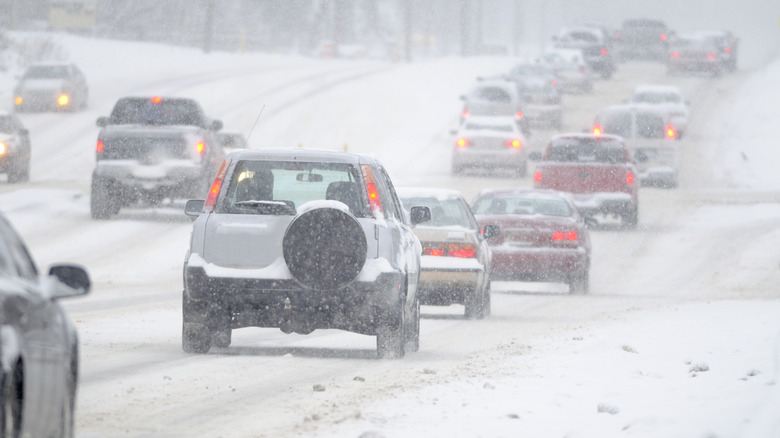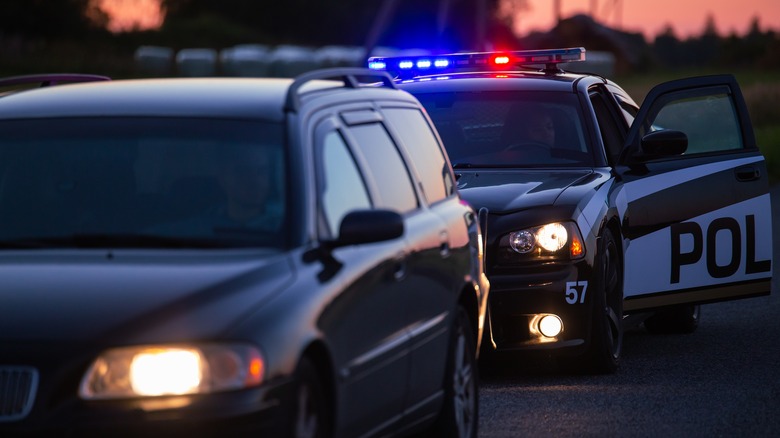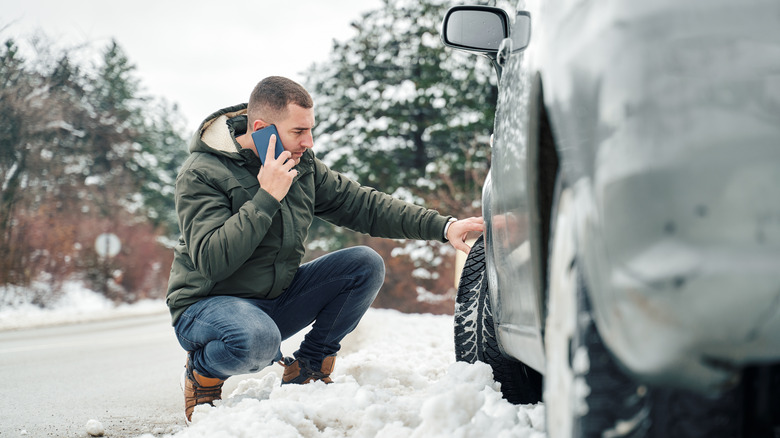The winter holidays are a time of celebration but, unfortunately, can also be a dangerous time on the roads. With more people taking late-night road trips to visit loved ones on Christmas morning or traveling to holiday parties, there is a significant increase in traffic. Not to mention an increase in impaired driving that comes with holiday festivities. According to the National Highway Traffic Safety Administration (NHTSA), nationwide, 209 people in 2020 died in alcohol-impaired driving incidents from Christmas to New Year’s Day. This is a staggering number, but the average number is closer to 300 every year.
As winter weather approaches, Thanksgiving Day is the first of a succession of major holidays and travel days. With the winter season’s heavy traffic, weather, and increased instances of impaired driving, people are more likely to be injured or killed in car accidents than many other times of the year. According to the American Safety Council, Thanksgiving Day is one of the six deadliest holidays for drivers, and the NHTSA shows the Thanksgiving period at the top of their list, according to U.S. News & World Report.
During the 2021 Thanksgiving holiday, 530 people died in fatal car accidents. But it isn’t just drivers under the influence causing a problem. Fatigued and distracted driving all contribute to the increased risk on the roads during this time, according to the National Safety Council. Thanksgiving Day isn’t the only day drivers should make an effort to avoid the roads, either. Two additional winter holidays pose just as big a threat as Thanksgiving.
Avoid driving on Christmas Eve and Christmas Day

Winter weather is also a major factor in the increased risk of driving during these holidays. Weather conditions like snow, ice, and freezing rain can make driving even more hazardous during the holiday season. According to AAA, winter weather can make road conditions treacherous and is responsible for nearly half a million incidents during the holiday season. Arguably, one of the most popular winter holidays prone to severe winter weather, Christmas Day, is no exception to this danger.
Though less fatal than Thanksgiving, Christmas saw just over 1,600 fatal car accidents from 2017 to 2021, per U.S. News & World Report. Accidents occurred most from the afternoon of Christmas Eve, peaking between 6 p.m. and 8 p.m. through the following day, according to auto insurance agency, Jerry. Travel to church service, extended family dinners, and holiday parties all contribute to the increased number of vehicles and subsequent risks on the road. The Christmas holiday in 2021 saw 395 fatal car accidents, one of the highest number of fatalities since 2007, as the NHTSA shows.
It’s not just about getting from point A to B during Christmas Eve and Christmas Day but rather focusing on safe and responsible driving practices for everyone’s well-being. Avoid traveling in the snow after dark the day before Christmas, but if necessary, be sure to prepare and use excess caution. Check the weather and road conditions beforehand, pack an emergency kit, and always wear a seatbelt.
The early hours of New Year’s Day can be fatal

New Year’s Eve is notorious for parties and celebrations, which means a higher number of drunk drivers on the road. The National Safety Council is predicting that an estimated 400 drivers could die on the road during the 2023/2024 New Year’s holiday period, stating that nearly 49% of fatal accidents involve a drunk driver. This is a concerning statistic emphasizing the importance of having a designated driver or using ride-sharing services to ensure everyone gets home safely.
Accidents in the early hours of New Year’s Day are most common. After a night of drinking and partying, many drivers may still be intoxicated in the early hours of New Year’s Day, making them more likely to cause accidents. Chances that you could encounter a drunk driver on New Year’s are over 115% more likely than on average for the winter season.
Even if you’re not planning on attending any New Year’s parties, be cautious while driving during this holiday period as there are still other risks, such as drowsy driving due to staying up late at night and more cars on the road due to people traveling back home after holiday celebrations. It’s crucial to prioritize safe driving practices such as avoiding distractions, maintaining a safe distance, and being aware of potential hazards on the road.

